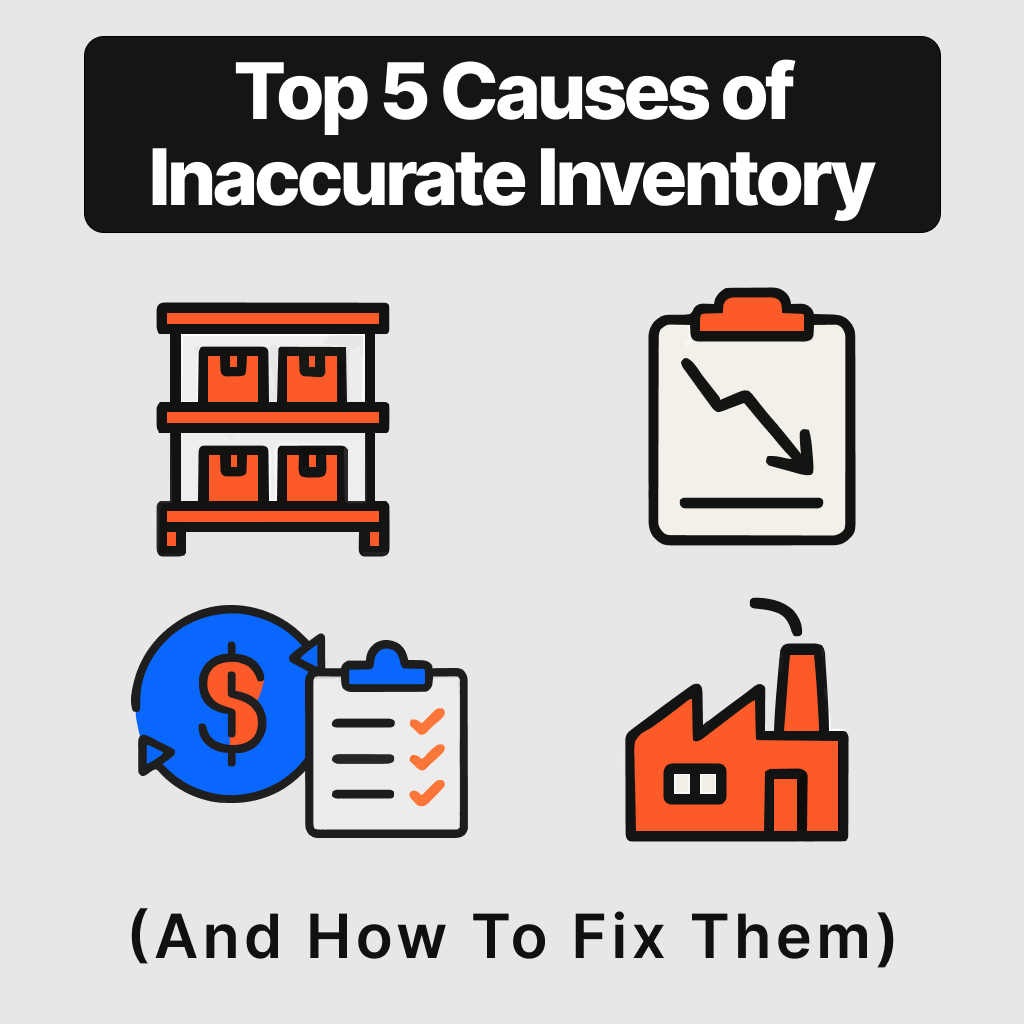Picture this: your latest marketing campaign just hit a home run, orders are flooding in, and your sales team is celebrating. But then reality strikes - half your customers are facing backorders, your production team is working overtime, and frustrated buyers are starting to look elsewhere. Sound familiar? You've just discovered the critical difference between having a demand problem and having a production capacity problem.
Understanding whether your business growth is limited by customer demand or your ability to meet existing demand is one of the most important strategic insights you can gain. When your production capacity becomes the bottleneck, every day of delay represents lost revenue, damaged relationships, and missed opportunities to capitalize on market momentum.
This guide will help you identify which constraint is holding your business back and, more importantly, show you exactly how to transform production limitations into growth opportunities. You'll discover why frequent stockouts are actually a positive signal that your business is not demand constrained, and learn proven strategies for unlocking growth through smarter capacity planning.
Demand vs. Production Constraints in Manufacturing
Success in business often comes down to identifying and addressing your most significant constraint. Think of constraints as the narrow point in an hourglass - no matter how wide the top or bottom, the flow is determined by that smallest opening. Your business operates the same way.
What Does it Mean to be Demand-Constrained?
A demand-constrained business has built the infrastructure and manufacturing capacity to produce more than the market currently wants. These companies typically face challenges like:
- Consistently high inventory levels across multiple product lines
- Production equipment and staff operating well below capacity
- Marketing and sales teams struggling to generate qualified leads
- Competition primarily focused on pricing and promotional strategies
- Seasonal fluctuations that leave significant unused capacity during slower periods
Surprisingly, the average manufacturer only utilizes about 28% of its equipment capacity, revealing massive untapped potential for businesses that can successfully shift from demand-constrained to production-optimized operations.
For demand-constrained businesses, the primary growth strategy revolves around market expansion, customer acquisition, and brand building. These companies often excel at operational efficiency but struggle with market positioning and customer engagement.
What Does it Mean to be Production-Constrained?
Production-constrained businesses face the enviable challenge of having more customer demand than they can fulfill with their current production capacity. This situation clearly indicates that your business is not demand constrained and instead points to operational bottlenecks limiting growth potential.
Key characteristics of production-constrained operations include:
- Consistent backorders and extended lead times for customers
- Production schedules running at or near maximum capacity
- Frequent overtime requirements to meet basic demand
- Limited ability to take on new customers or large orders
- Equipment utilization rates consistently above 85-90%
Real-world examples demonstrate the impact of these constraints. A healthcare equipment provider recently faced a 12% increase in production costs and an 8% drop in profit margins due to production bottlenecks, while a North American utility company saw operational costs rise by 12% and market share decline by 7% over two years because of outdated, constrained processes.
While being production-constrained might seem like a positive problem to have, it actually represents significant hidden costs and missed opportunities. The challenge becomes maximizing your current capacity while strategically planning for expansion.
The Telltale Sign You're Production-Constrained
Nothing signals a production bottleneck more clearly than repeatedly running out of inventory. Stockouts serve as the canary in the coal mine for capacity issues, revealing that your production systems cannot keep pace with market demand.
Stockouts are the Major Red Flag
When stockouts become a regular occurrence rather than an occasional inconvenience, you're witnessing direct evidence that customer demand exceeds your operational capabilities. This pattern indicates that increasing production capacity should be your primary strategic focus, not demand generation.
Research shows that more than 58% of retailers and direct-to-consumer brands report inventory accuracy below 80%, significantly increasing stockout risks and highlighting widespread production and supply chain constraints that limit growth potential.
Smart businesses learn to view stockouts differently than most companies do. Instead of seeing them as inevitable operational hiccups, forward-thinking leaders recognize stockouts as valuable data points highlighting exactly where capacity improvements will generate the highest return on investment.
The Hidden Costs of Stockouts
The true impact of stockouts extends far beyond the immediate lost sale. Studies indicate that around 65% of customers develop a negative perception of brands that frequently experience stockouts, while 43% of retailers incur additional expenses from stockout-related issues such as expedited shipping fees and emergency storage costs.
- Lost Sales and Revenue Impact: The most obvious cost of stockouts is the immediate revenue loss when customers cannot purchase your product. However, this direct impact often represents just the tip of the iceberg. Many businesses discover that a single stockout event can cascade into multiple lost sales opportunities, especially when customers need complementary products or services.
- Brand Reputation and Customer Loyalty Challenges: Frequent stockouts create a perception of unreliability that can permanently damage customer relationships. When buyers cannot depend on your availability, they naturally begin exploring alternatives and building relationships with competitors who demonstrate more consistent supply capabilities.
- Market Share Erosion: Perhaps most damaging, stockouts often force customers to purchase from competitors during critical buying moments. These temporary shifts can become permanent relationship changes, especially when competitors provide superior availability and customer service during the transition.
- Marketing Investment Waste: All your investment in customer acquisition becomes significantly less effective when products are unavailable at the moment customers are ready to buy. This creates a frustrating cycle where increased marketing success actually highlights capacity limitations more dramatically.
%201.svg)








.svg)














.svg)
.svg)

.svg)